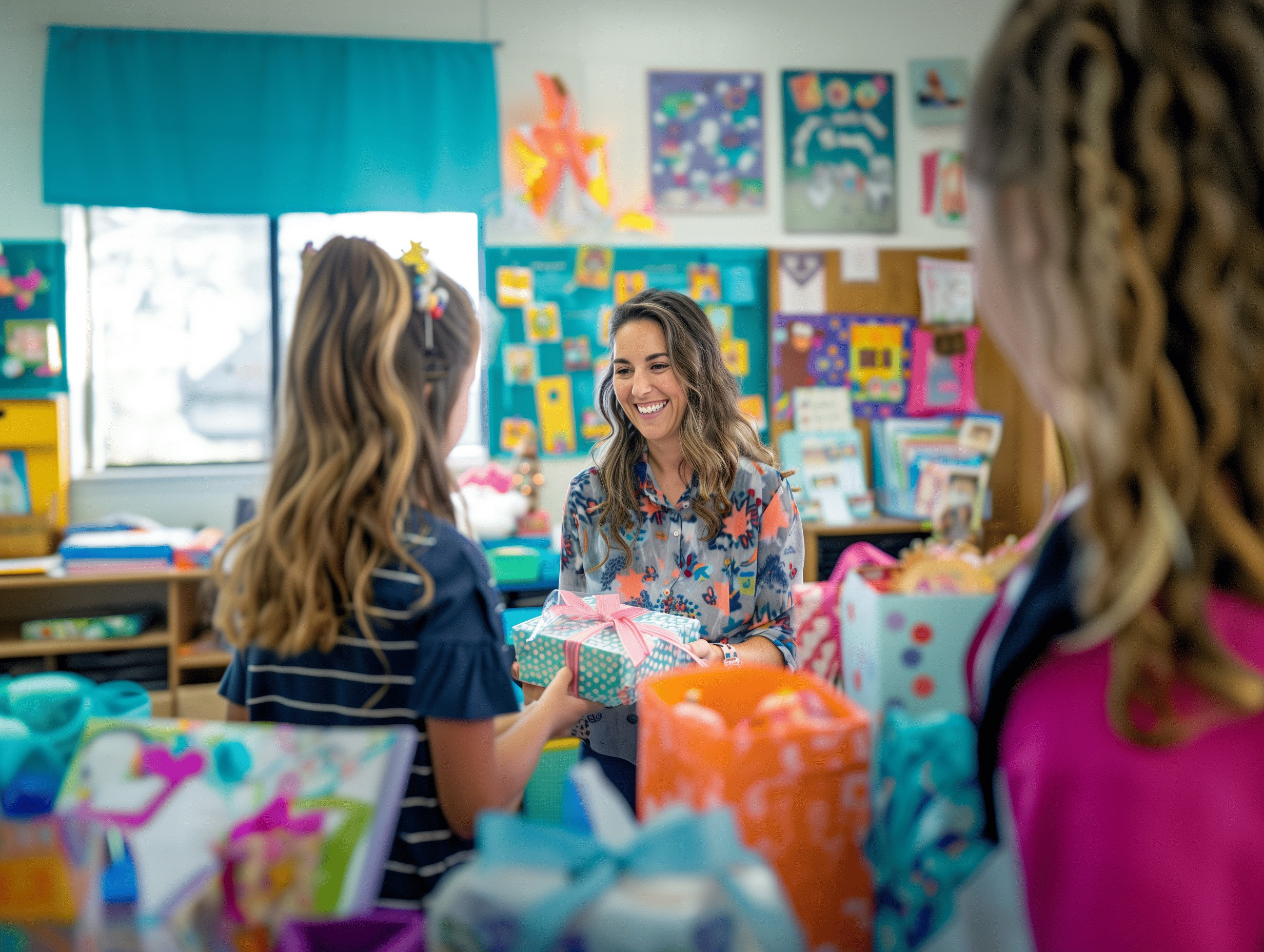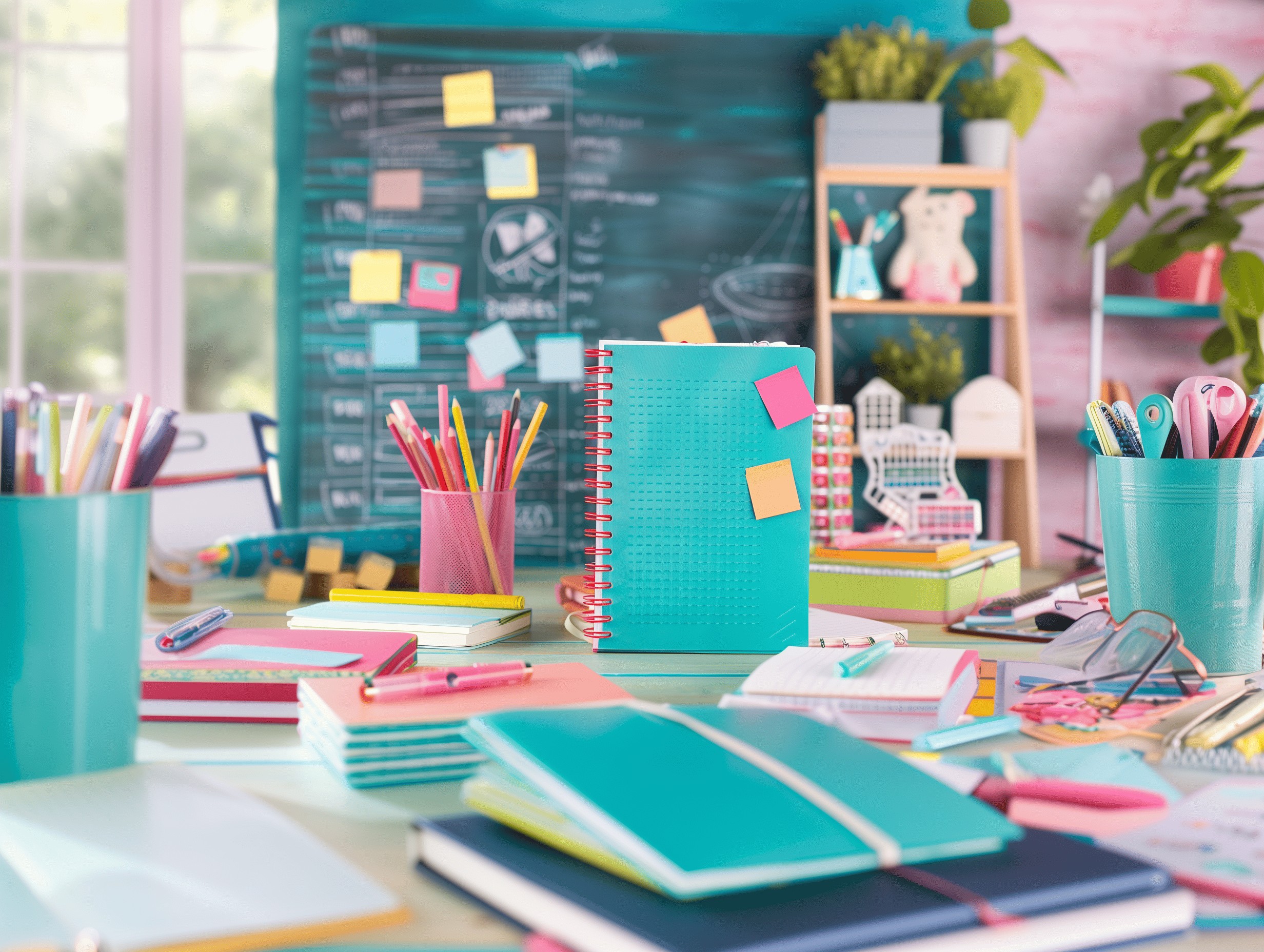The Portfolio-Based Classroom
Guidelines for portfolio Journal writing
1. Require legible writing -- the teacher should read the work with the student to be certain that the work is legible and that the meaning can be understood. 2. Limit their topics --in a single paragraph, students may want to list an array of topics rather than develop one, and since the ability to develop a topic is the long-term goal the number of topics for any one writing session should be limited. 3. Model what the child wrote --under the child's written selection, the teacher should rewrite the sentence or paragraph in correct form for the child to see. 4. Encourage sharing of writing --students should be provided with opportunities to share their writing by reading to the class or having their work read. Also parents and other teachers may become involved in having the written selections shared in report form in other classes and at home. 5. Consider your responses carefully --The impact of a teacher's casual remarks about writing can be quite drastic. The written selection is not only an assignment to the child, but a creative endeavor and teachers should consider the student's feelings carefully. 6. Response should encourage more writing --If a student's work is praised for content (if not for reasonably correct form), that student may then be encouraged to write additional sections on that topic. 7. Include other writing in portfolio --In keeping a portfolio for writing, you should keep examples of all types of written work (i.e. paragraphs, reports, letters, etc.). Multiple examples of each type of written assignment should be collected. Sign and date each selection so that the student's growth can be displayed over time. 8. Have child make a book about himself/herself --Students enjoy creating booklets about themselves, and these can be used both for portfolio assessment and in communication with parents about the child's writing. 9. Pair writing and artwork together --Artwork which accompanies a writing assignment can be used as both an additional learning opportunity as well as a reinforcement for completion of the written work.
| For more information |
| Teacher's Workshop 1250 Overlook Ridge Bishop, GA 30621 |
| Call: 1-800-991-1114 |
| Email us at: [email protected] |



